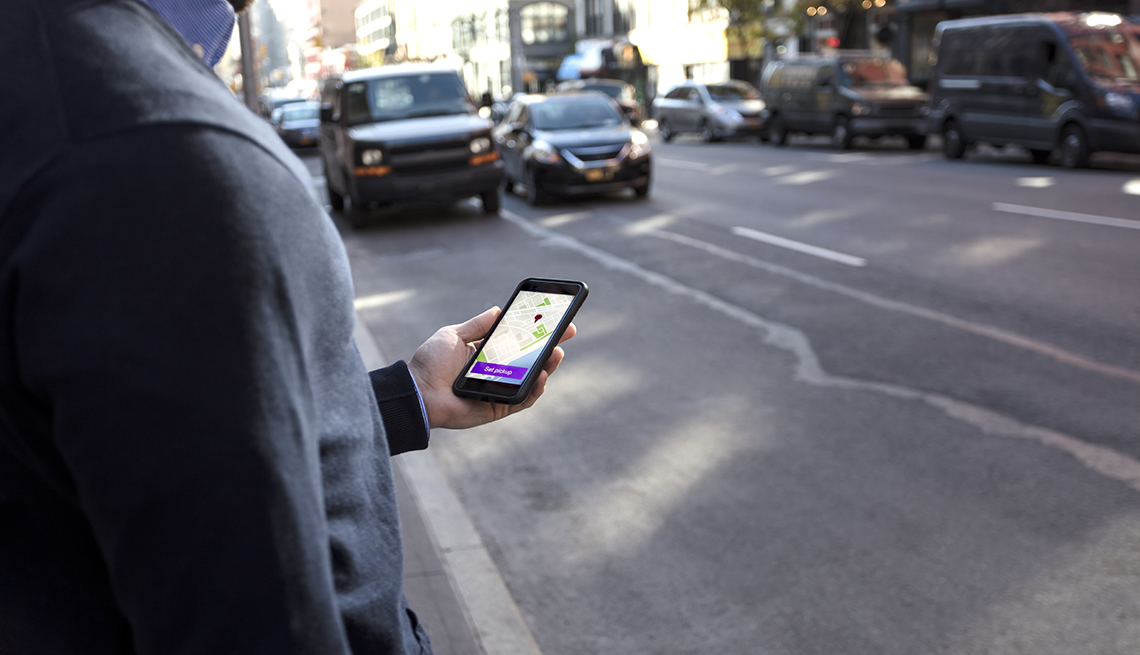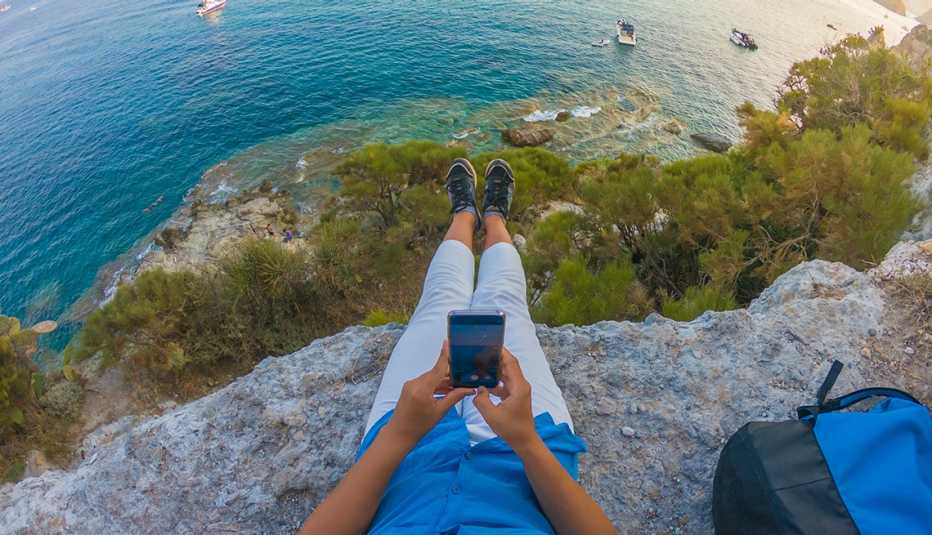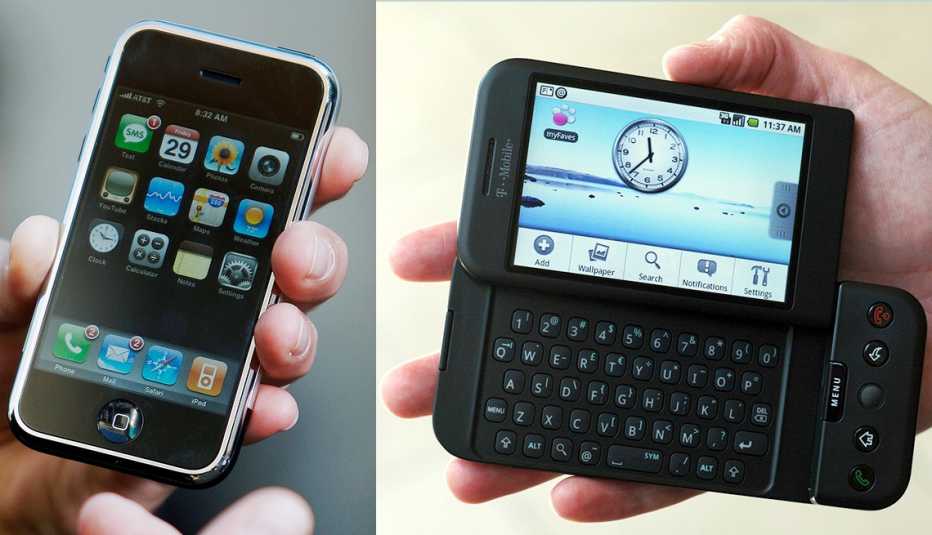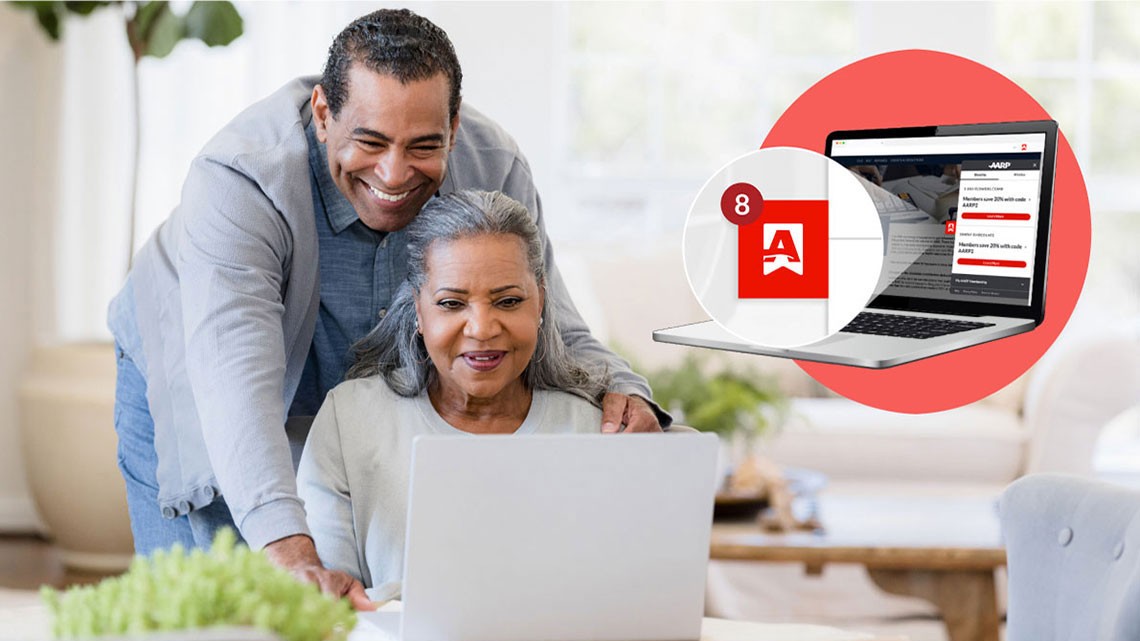Staying Fit
For many, ride-hailing services have become a convenient way to get around.
If you haven’t used Lyft or Uber — or lesser-known apps such as Curb, Gett and Wingz — you open the app on your smartphone and type in your destination to see how much it’ll cost you. In many instances, it will be less than a taxi ride.
To find out where the driver is, you’ll see an icon of a car approach your location on a map, along with an ETA, photo of the driver, star rating from other passengers, make and model of car, and license plate. It’s not unusual to have amenities in the backseat, too, such as a bottle of water or phone charger.


AARP Membership— $12 for your first year when you sign up for Automatic Renewal
Get instant access to members-only products and hundreds of discounts, a free second membership, and a subscription to AARP the Magazine.
When you reach your destination, you don’t give the driver cash or your credit card. Your credit card is already charged through the app, and you’re immediately emailed a receipt.
To save money, you might opt to pick up another passenger along your ride. That’s why these mobility services often are referred to as ride-sharing apps.
But you already know all this? Fair, but you can get even more out of these popular transportation services and ensure you have the smoothest experience.
If you’re a friend or perhaps a caregiver, you also can arrange a ride for someone else who might need to go to an appointment, but you can’t drive because of other obligations. AARP reached out to Uber and Lyft for some tips. Lyft declined the invitation.
Before you ride, prepare
1. Start looking early. If getting to a place, such as the airport or a doctor’s office, by a specific time is important, Conor Ferguson, Uber’s mobility communications manager, suggests opening the app a little earlier than you need it.
“Wait times can vary during times of peak demand, [so] open the Uber app 20 minutes before you want to ride to gauge arrival times,” he says. “This will help ensure you get where you want to go on time.”
Learn online
AARP Driver Safety’s video-based interactive webinar, Using App-Based Ridesharing, lets you learn more at your convenience, starting with how to download the app.
• See the seminar and download tip sheets.
2. Maybe wait a bit. If you’re not in too much of a rush and you see that rates are a little higher than normal, check again in a few minutes. Both Uber and Lyft use demand pricing, so prices go up when more people want the services.
3. Share the ride. You can use carpooling options, called UberX Share for Uber and Lyft Share for Lyft, and you also can choose to split a fare with someone such as a friend. Selecting more than one drop-off spot in the app is easy.
4. Consider a membership if you ride a lot. Both Lyft and Uber offer memberships, called Lyft Pink and Uber One, which start at $9.99 a month. Both plans offer members-only pricing on rides.





































































